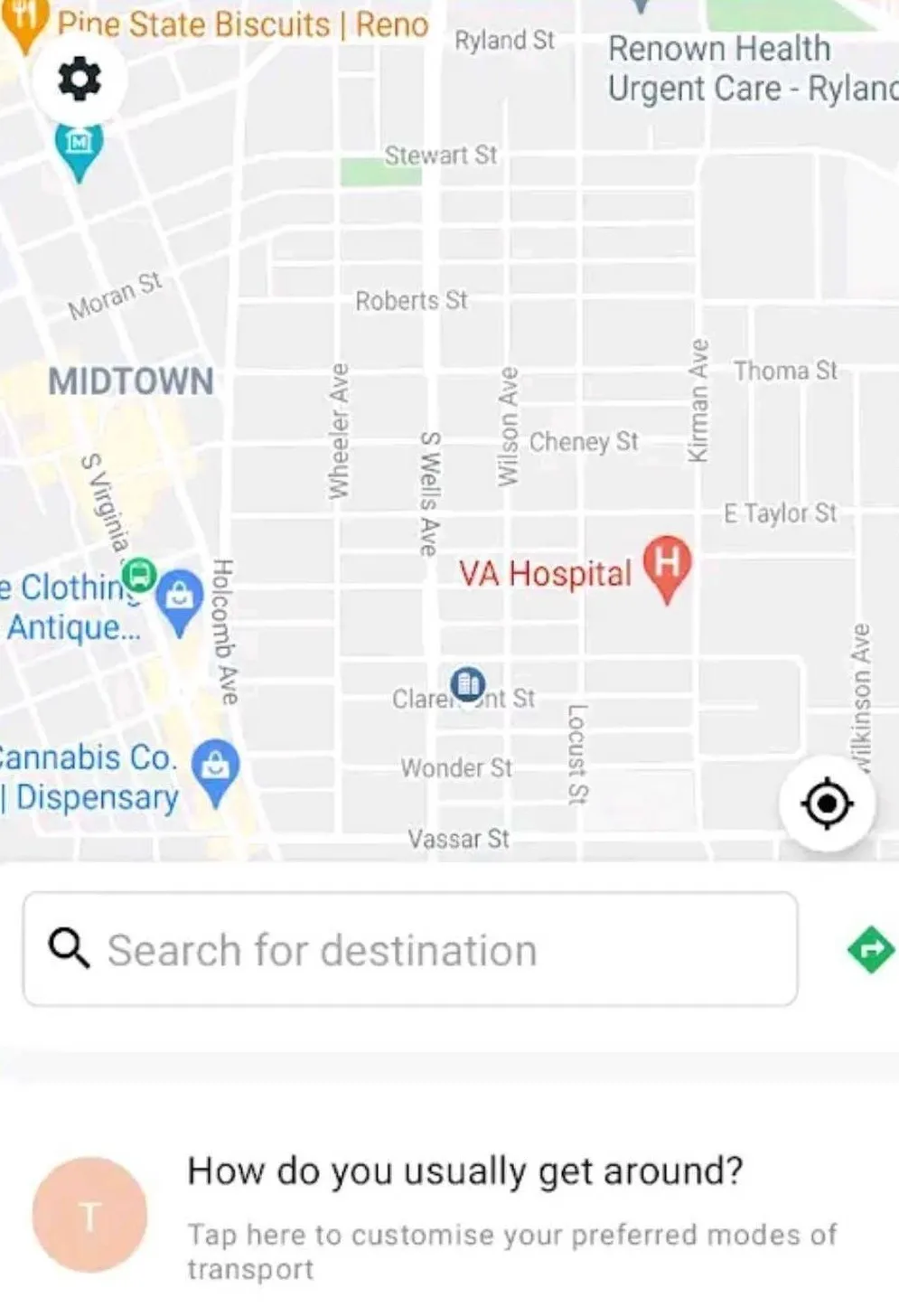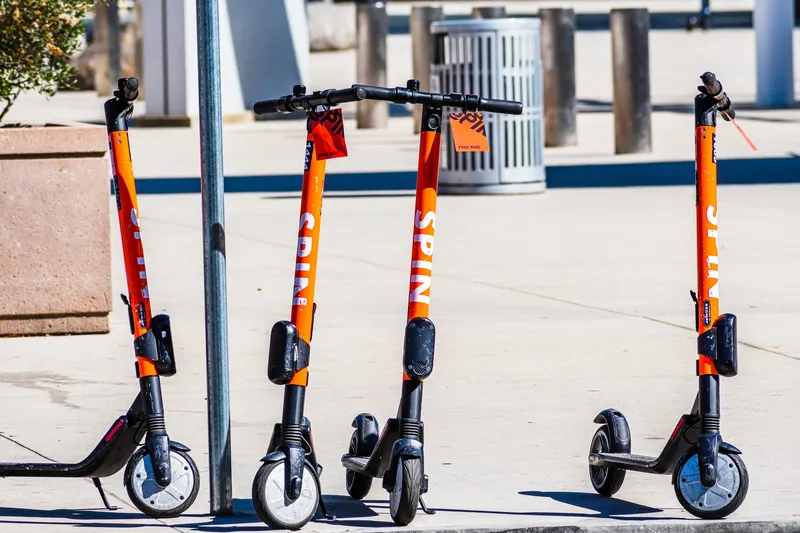
Older adults and people with disabilities in Nevada have a new app - N4 Connect - aimed at their transport needs.
Neighbor Network of Northern Nevada (N4) has partnered with a non-profit agency, Feonix – Mobility Rising, to launch an online platform and transportation coordination app that provides information on accessible transport.
The plan is for N4 Connect to be available state-wide by 2023.
"Our new app connects riders with public transit providers, volunteer drivers and human services providers throughout Northern Nevada," said N4 executive director Amy Dewitt-Smith.
Nevada Department of Transportation (NDoT) is also involved through administering Federal Transit Administration (FTA) funds.
Riders can use N4 Connect to schedule rides and investigate what services are available to drive them and when, with extra assistance available when necessary.
It is also connected to human services agencies throughout the state, which means users can book services that involve multiple agencies with a single ride request.
Once the app is downloaded, users will be able to create an account, view, schedule and connect with transportation providers to help them reach their destination.
A 'mobility wallet' offers the ability for individuals and organisations to put funds on an account for a rider to use across multiple transit services.
After a successful testing phase and with the support of community leaders, the Apple and Android app is now ready for public use in Washoe, Storey, Lyon, Carson, Douglas, Pershing, Humboldt, Churchill, Elko, Lander, White Pine, and Eureka counties.
Graham Dollarhide, NDoT transit program manager, said: "N4 Connect will play a key role in helping rural public transit connect Nevadans to employment, recreation, medical services, and other opportunities."
As well as the FTA and NDoT, funding comes from Nevada Aging and Disability Services Division and the Nevada Statewide Independent Living Council.








